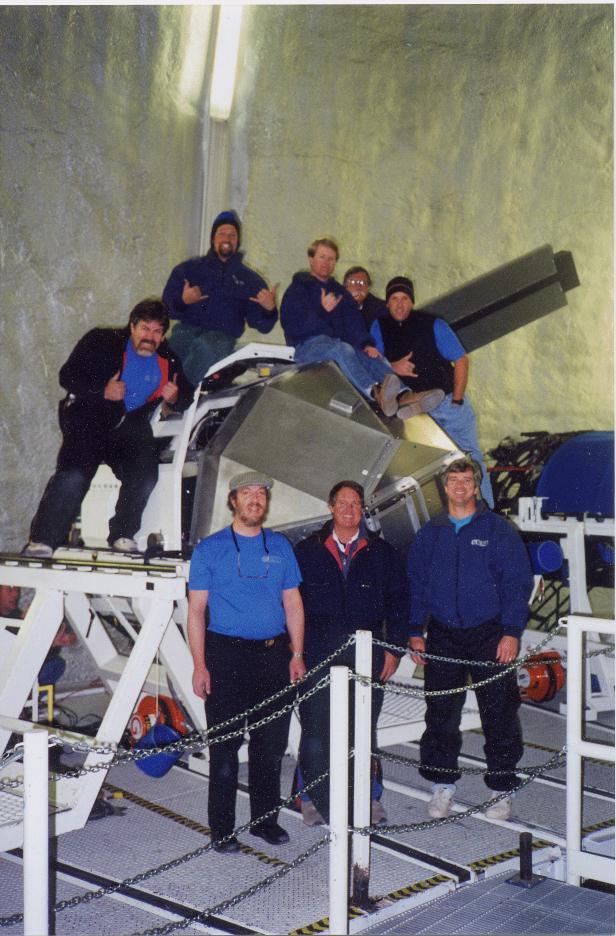ESI: The ESIRedux Page
Brought to you by Jason X. Prochaska
(UCO/Lick Observatory)

Quick LinksRecommendations for CalibrationsXIDL CodeQuick ReductionESI cookbook (v1.1)XIDL/ESI html |
I. Overview of the CodeThe ESIRedux code was built with the IDL software pacakge, originally to reduce the data from the ESI/KeckII Damped Lya Abundance Survey and users should always keep this in mind. While the code was designed for single object, point-source observations, it can be used for extended and/or multiple objects within the slit. The code can work with users that have little IDL experience, but you will struggle at first. I highly recommend you read the Intro to IDL book or some other resource before diving in.The general approach of the code is as follows:
II. Installing the SoftwareThe code relies on several IDL packages in addition the routines that were designed specifically from ESI. These include:
More detailed notes for obtaining and installing these packages can be found at the XIDL site. I wish to emphasize that the code expects the most up-to-date versions of the Sloan and XIDL codes. Users with old versions of any of these packages beware! III. Using the CodeThere is a quick reduction version of the code. Moderately detailed descriptions of running the code are given in this reduction cookbook. While I am trying to include a lot of detail here, it still is insufficient. All of the ESI routines are described in this html file. The more savvy IDL users should be able to dig into my codes and follow along.Hopefully, I will include an example session of running the code in this space before long. III. Developing the Code + Bug FixingI do encourage all users to consier ways to improve the code and to suggest them to me. Of course, I'd also like to hear about bugs. Please do make an effort to verify it is a bug in the code as opposed to 'user error'. Along those lines, if you are a novice to IDL, I suspect you will have many more 'user errors' than bugs to find. |
|
Send questions or comments to: